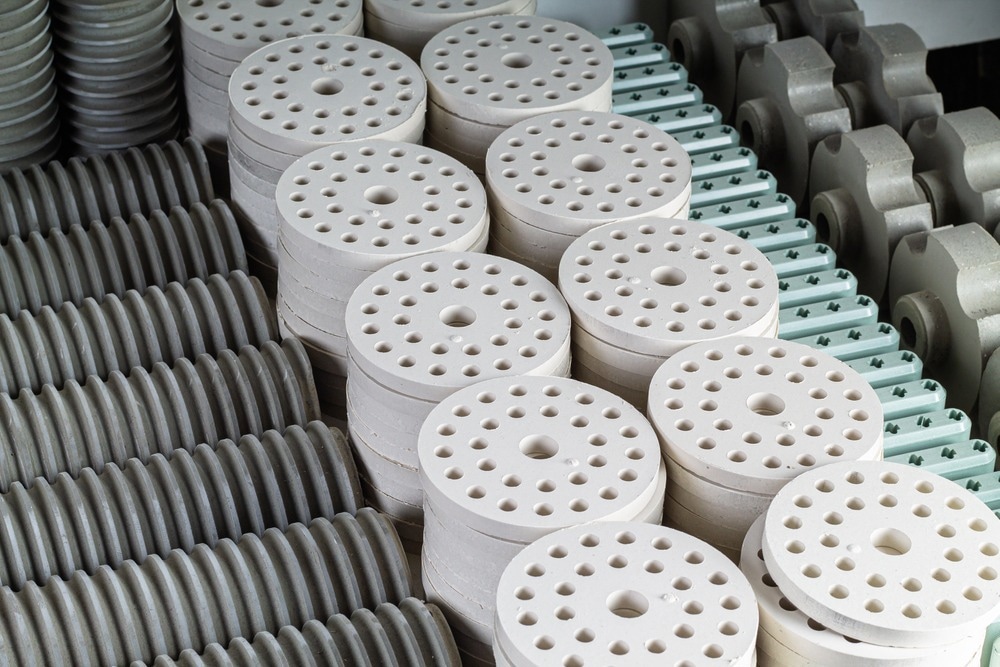New materials for passive radiative cooling based on glass and ceramics are highlighted in two studies. These hard materials are more resilient and adaptable than passive radiative cooling techniques that depend on polymers, which makes them more appealing for a variety of outdoor passive cooling applications, including some that might lessen the need for air conditioning.

Image Credit: BossCo77/Shutterstock.com
Energy use for cooling is still increasing, especially in areas where climate change is causing rapid warming. Worse, the need for cooling solutions is increased as a result of cooling systems’ increasing carbon footprint, which exacerbates global warming.
Materials for passive radiative cooling (PRC) are promising technologies that have the potential to reduce cooling costs and rising temperatures. PRC materials are made to reflect solar radiation and emit long-wavelength infrared (LWIR) thermal radiation through the atmosphere’s infrared window and back into space.
It has been difficult to create PRC materials that are both sustainable and practical to produce. In these two investigations, microporous materials that demonstrate passive daytime radiative cooling and resistance to hostile conditions are described by Xinpeng Zhao and colleagues and Kaixin Lin and colleagues, respectively. The materials are glass-based ceramic coatings and ceramic composites.
Aluminum oxide (Al2O3) nanoparticles are incorporated in a microporous glass silicon dioxide framework to create the cooling glass-based ceramic coating that Zhao et al. created. A material with selective LWIR emission and high solar reflectance is obtained by using the dual-particle technique.
Furthermore, the use of Al2O3 stops the microporous structure from densifying during manufacture, which is essential to its operation. As to the scientists’ findings, the microporous glass covering allows for a temperature reduction of approximately 3.5 to 4 degrees Celsius, even in situations with significant humidity during the day and night. Also, even in hostile settings, it keeps its high solar reflectance.
Lin et al. developed a cooling ceramic composite made of a hierarchically structured microporous Al2O3 framework that can produce highly efficient light scattering, strong thermal emission, and a near-perfect solar reflection of 99.6%, inspired by the carapace of the world’s whitest known insect.
Lin et al. reported that the ceramic demonstrated sustained sub-ambient cooling with a power of more than 130 watts per square meter outside and during noon.
Donliang Zhao and Huajie Tang concluded, “Although some structures with dynamic radiative cooling capabilities have been proposed and experimentally demonstrated recently, attaining large-scale applications remains a substantial challenge. Nevertheless, the findings of Zhao et al. and Lin et al. advance cooling approaches that could, if commercially applied to buildings, drive down the electrical demand of air conditioners and benefit the environment.”
Journal Reference
Zhao, X., et al. (2023) A solution-processed radiative cooling glass. Science. doi:10.1126/science.adi2224.